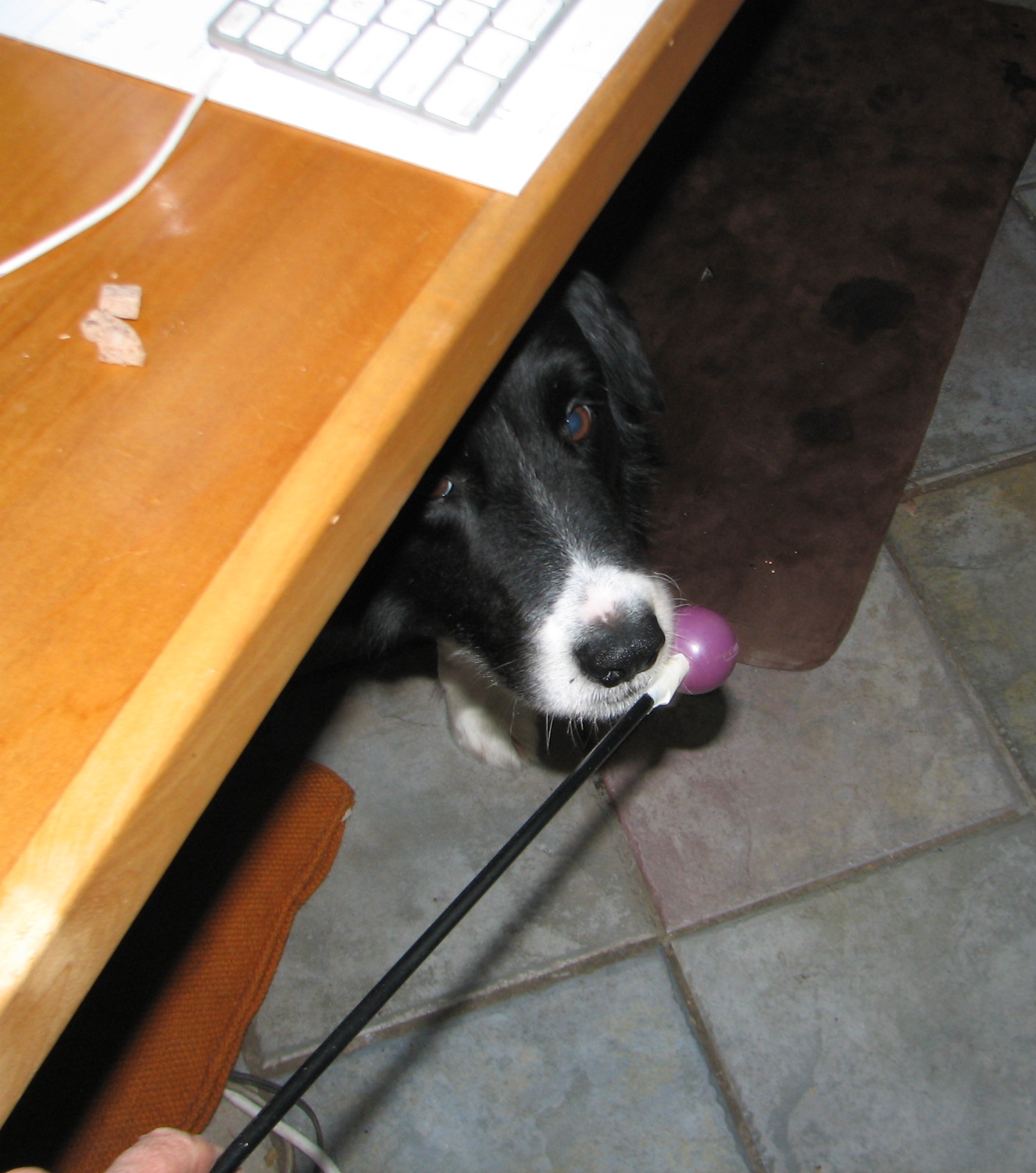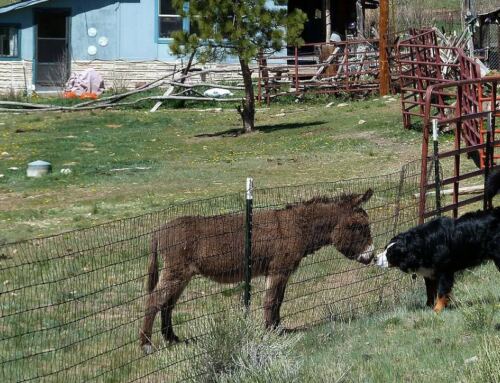 When I was younger I trained to be an “outdoor leader” so I could take people into the mountains or on rivers, for days at a time. I studied wilderness first aid and carried a knife to cut ropes, wore a helmet and PFD on rivers, enjoyed shopping for clothes and shoes designed using the latest technology and fabric for keeping me warm and dry, and coveted other people’s back packs for their good looks or ergonomic design.
When I was younger I trained to be an “outdoor leader” so I could take people into the mountains or on rivers, for days at a time. I studied wilderness first aid and carried a knife to cut ropes, wore a helmet and PFD on rivers, enjoyed shopping for clothes and shoes designed using the latest technology and fabric for keeping me warm and dry, and coveted other people’s back packs for their good looks or ergonomic design.
As leaders we talked about and practiced what to do if something went wrong. We considered the ways we could remedy the problem using the equipment we had on hand or improvising with what we could find. There was always something new available to make the job easier; lighter, stronger paddles and boat hulls or better signaling technology in case you got caught in an avalanche. We learned to prioritize so we would focus on the key issues we’d face in an emergency. The bottomline becomes very clear and helps to direct our actions and to guide us as to what skills we needed to practice. If someone isn’t breathing or struggling to breathe, they’ll die. If they are bleeding excessively or their heart is stopped, they’ll die (and in pretty quick order in the latter case).
In the wilderness of dog training we are often faced with a variety of equipment choices and protocols to use to get basically one thing; a dog to behave the way we want them to. Some of the equipment and protocols we can use can make our jobs easier for us. Regardless of what we choose to use the bottomline remains as clear as it is when we have a medical emergency– we need to get a behavior. And making it even clearer, and therefore simpler, is that just as we know how when done correctly blowing into someone’s mouth will put air into their lungs, we know that when reinforced, behaviors are more likely to be repeated. Both are straightforward, true for everybody, systems. If they are not working then either we are doing something wrong (don’t forget to pinch the nose shut) or there is something very wrong (a piece of steak in the windpipe). We have to remove obstacles to success and follow the protocol for performing mouth-to-mouth correctly.
When trying to live with and train a fearful dog it becomes very important that we understand the basics of the system. Once we do we can break out the special equipment or try a new protocol available to us. And we are safer doing either of these when we understand how the system works. Understanding the purpose of an exercise is important. Good ones are about practicing a behavior and being reinforced for doing it. And being reinforced using something the dog feels good about.
In an emergency one of the first rules is to assess the situation. We assess the situation to ascertain what happened and to ensure our own safety. We want to avoid being the fool who rushes in. We can apply the same rule to working with scared dogs. Assess the situation and make sure that we will be safe and that the dog is safe so no further damage will be done. If someone is on fire for gosh sake, put it out. The faster we can extinguish the flames the less damage will be done. True with our dogs as well. If they are afraid figure out what they need to stop feeling that way. Give them space if they need it, a place to hunker down in, talk to a vet about medications to lower anxiety, or simply stop looking at them. Do what you need to do.
Once a dog is no longer fearing for their life we can work on changing the negative emotional responses they are experiencing and making them positive. We do this by pairing the scary thing with something fabulous, usually super good food. If the trigger comes to consistently and reliably predict the good thing, the emotional response changes. If we are not seeing this change then reassess. Is the dog still on fire? Are they still feeling scared and threatened? If so, you have to change that. Are you sure the trigger has been paired with the good thing consistently? Is the good thing good enough? Have you painted the picture clearly enough for the dog– the trigger predicts the treat– all the time?
Along with changing emotional responses we go back to the other basic– reinforcing behaviors we like. If a dog is still too scared to participate in a formal training session, they are still learning and we can still find behaviors to reinforce using positive reinforcement. Can the dog look at you? Turn their head? Stretch their neck? Sniff a toy? These are behaviors we can reinforce because as simple as they seem, they build the foundation not only for future, more complicated behaviors (pick up that toy and bring it back to me) they also contribute to helping the dog understand how *we* operate and how the system works. We do something, they do something and we give them a treat. We say their name, they look at us, we toss a treat. No need to make it more complicated than that.
I think it’s great that dog trainers are always trying to come up with ways to help dogs and make their lives better. But the best protocols and equipment keep your eyes on the prize. Identify the behavior you want and teach the dog to do it using positive reinforcement. Don’t waste your energy stumbling around in the wilderness. If you don’t understand how to apply the basics, find a trainer skilled enough to show you. In medical emergencies we know that we may have a small window in which to address that emergency. When a dog is really afraid we should be as concerned about addressing the crisis they are experiencing. If we don’t, all the equipment and special protocols may not be enough to save their life.





